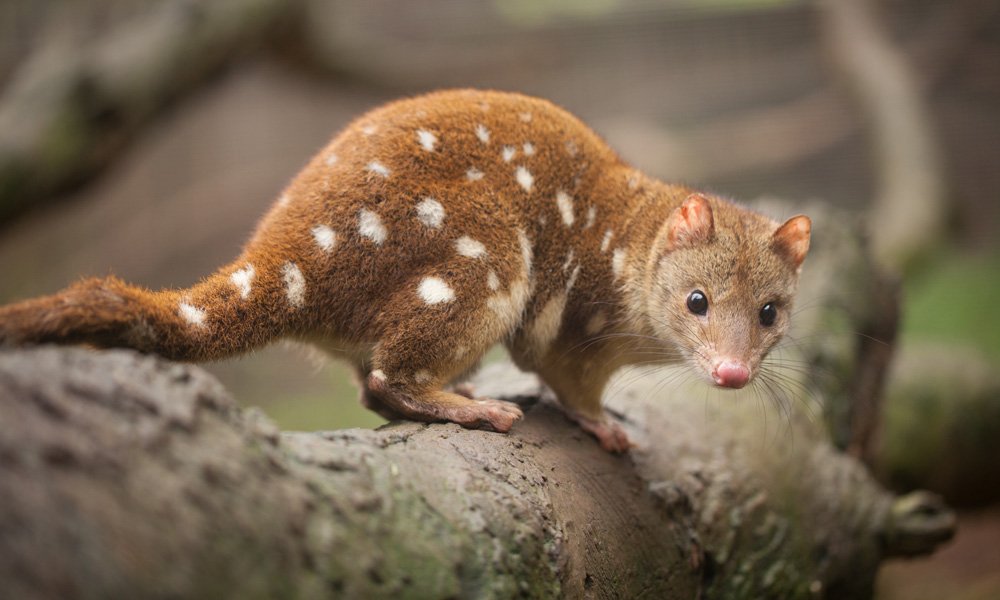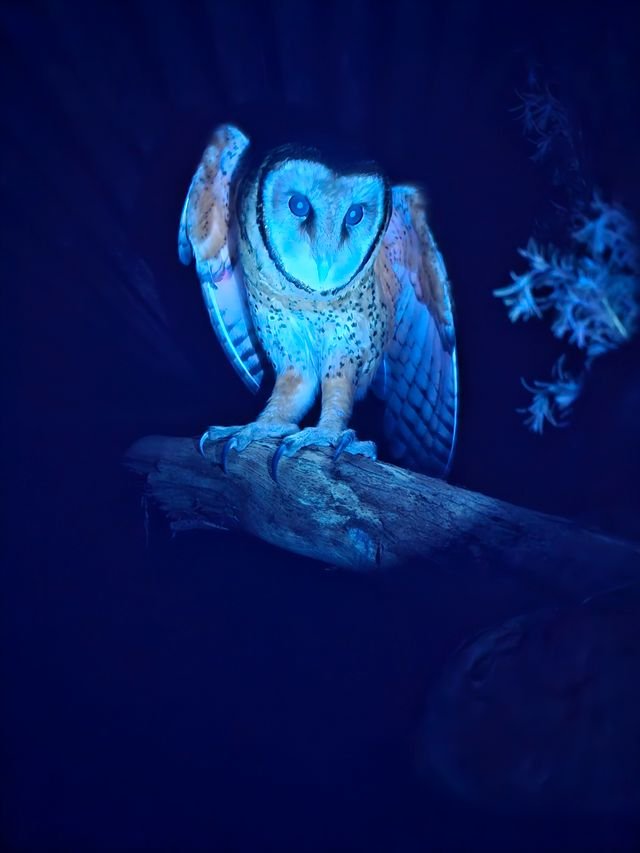
Spotlight on Quolls
The Tasmania Quoll Conservation Program (TQCP), works with East Coast Natureworld and other wildlife sanctuaries to directly support wild quoll populations through breeding and release programs.

Glow Tour is back!
In Winter, East Coast Natureworld turns on the GLOW with Glow Tour, the most unique way to view native Australian animals in Tasmania. Hosted by Dr Lisa Gershwin, voted a ‘Top 100 Australian scientist’, don’t miss this hands-on, after dark exploration of natural biofluorescence.

We’re hiring a wombat walker!
Tourism Tasmania and East Coast Natureworld have put out the call for an official ‘Wombat Walker’ this Winter! As a Wombat Walker, you will help maintain the physical and mental wellbeing of our wombats by leading them on their morning excursions.

Happy Tasmania Devil Day!
April 1st is International Tasmanian Devil Day. This day was chosen as it’s usually the day most Tasmanian Devils are born. This initiative has been created to bring awareness and education about the worlds largest carnivorous marsupial on earth today!

International Women’s Day at Natureworld
You may not be aware that the management team at Natureworld are all female. From left to right we have Georgia (Senior keeper), Belinda (Admin manager), Nat (Wildlife manager) and Jacqui (Director).

2024 Innovation & Transformation Award
East Coast Natureworld is delighted to share that we have won a 2024 East Coast Tourism Tasmania (ECTT) Innovation and Transformation Award!

Natalie Hill: Wildlife Manager
Just about everyone aspires to wanting to be “in the wild”. But someone that has made a career of it, and lives it every day, is Natalie Hill, Wildlife Manager at East Coast Nature World located in Bicheno on Tasmania’s beautiful east coast.

Welcome to Natureworld, George!
Meet our newest addition, George! George’s mum was sadly hit by a car so this little guy is now in the care of our amazing staff at East Coast Natureworld. George will also act as an ambassador to educate visitors about ‘roadkill’, a significant issue here in Tasmania and the single greatest risk to the health of our native wildlife.